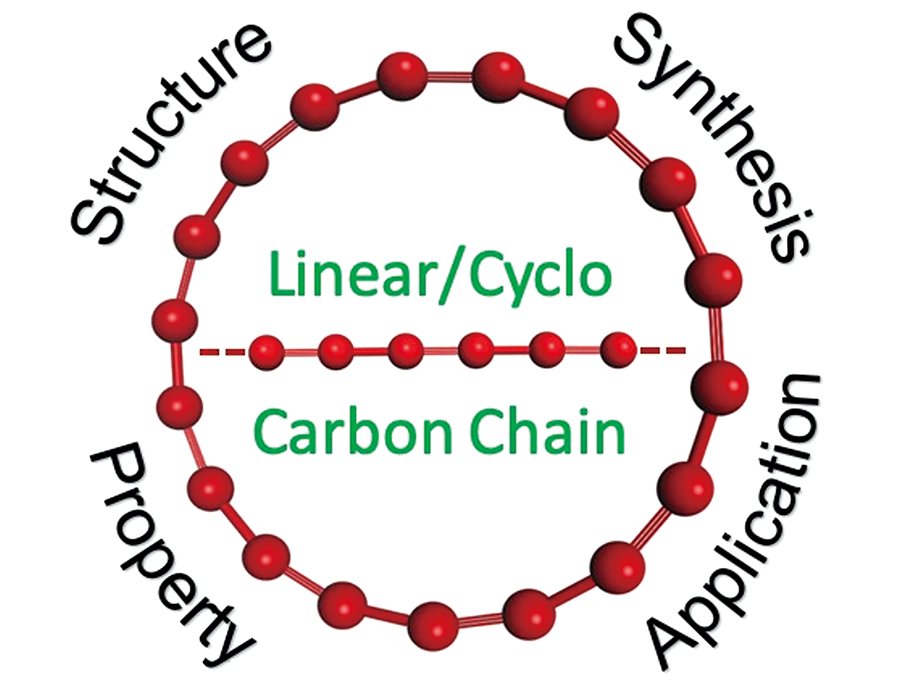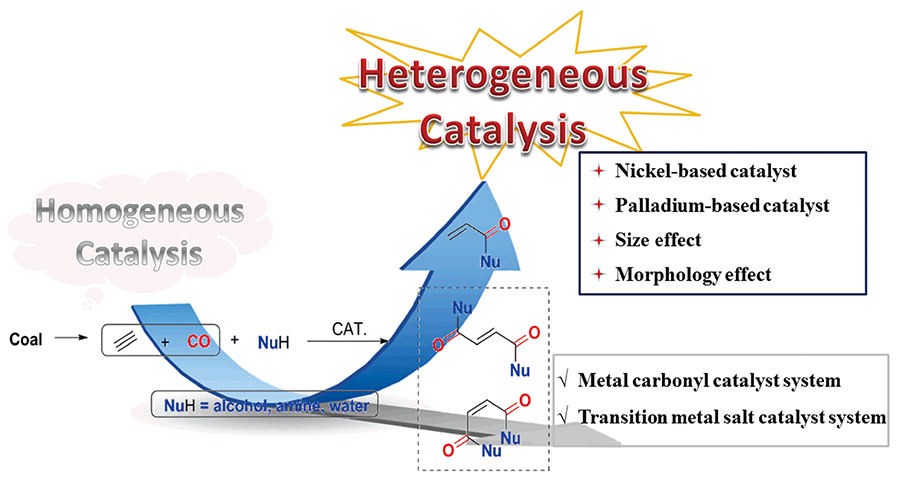Organic-inorganic hybrid perovskite solar cell(PSC) is a photovoltaic device with great potential for development. In the past decade, many studies have been devoted to the preparation of high-performance PSC, and have made amazing progress. Device efficiency has now exceeded 25%. The electron transport layer plays a vital role in extracting and transporting photogenerated electrons, blocking holes, modifying interfaces, adjusting interface energy levels, and reducing charge recombination. Inorganic n-type materials, such as TiO2, ZnO, SnO2 and other metal oxide materials have the advantages of low cost and good stability, which are often used as ETLs in traditional PSC. Organic n-type materials, such as fullerenes and their derivatives, naphthalene diimide polymers and small molecules, have good film-forming properties and strong electron transport capabilities, which are often used as ETLs in inverted PSCs. This review will systematically classify the electron transport materials for perovskite solar cells, outline their preparation methods, introduce their charge transport mechanism and effect in perovskite solar cells. The latest research progress of metal oxide materials, organic molecular materials, composite materials, multilayer electron transport layer materials and their modification methods are systematically discussed. Finally, the practical application and development prospects of the electron transport layer materials towards high-performance PSC are prospected. In summary, this review helps to better understand the preparation and mechanism of various electron transport layer materials related to perovskite solar cells, and provides strategies for further understanding and preparing high-performance PSCs.
Contents 1 Introduction
2 Charge transport mechanism of perovskite solar cells
2.1 Charge transport mechanism of positive perovskite solar cells
2.2 Charge transport mechanism of inverted perovskite solar cells
2.3 The role of electron transport layer in perovskite solar cells
3 Preparation methods of electron transport layer in perovskite solar cells
3.1 Spin coating
3.2 Chemical bath deposition
3.3 Atomic layer deposition
3.4 Other deposition methods
4 Electron transport materials in positive perovskite solar cells
4.1 TiO2
4.2 ZnO
4.3 SnO2
4.4 Other metal oxides(WOX, Nb2O5, CeOX)
5 Electron transport materials in inverted perovskite solar cells
5.1 Fullerene and its derivatives
5.2 Non-fullerene small organic molecules
5.3 Non-fullerene polymer molecules
6 Conclusion and outlook





















